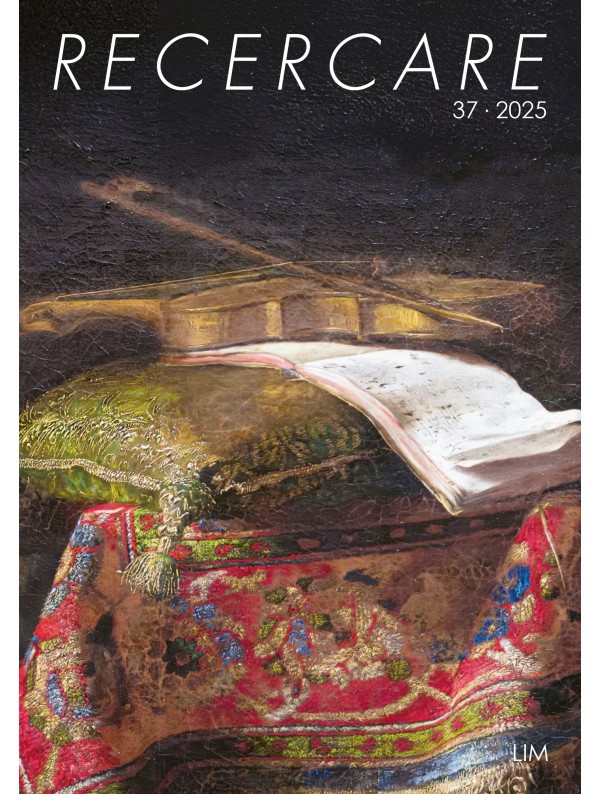Sul mottetto Le temps verra tamtoust aprés attribuito ad Antonio Zaccara da Teramo. Nuova lettura e interpretazione
Abstract
The article offers a new edition and interpretation of the text of Le temps verra tamtoust aprés, a motet attributed to Antonio Zaccara da Teramo, and a new dating hypothesis for its composition. The motet is preserved in the manuscript T.III.2 of the Biblioteca Nazionale Universitaria di Torino, usually named Codex Boverio, one of the major sources of polyphony of the late fourteenth-century
Italy and France. The codex transmits forty-two compositions, nine of which are attributed to Zaccara, and includes pieces from the Ars Nova and the Ars Subtilior. The edition and linguistic analysis of Le temps verra tamtoust aprés reveal a Middle French visibly corrupted towards the Italian system, and many precise references to places and people among the numerous exhortations to put an end to the Western Schism in favour of the unity of the Catholic Church. The only dating hypothesis advanced so far suggested that the Zaccara’s motet could date back to the Council of Rome in 1413, due to the mention of Pope John XXIII.
A significant segment of the motet includes a hoquetus with dialogic alternations between two voices, which is clearly rendered by the new edition presented here, allows us to reject the reading of «Ihovany» (Giovanni) in favour of «Ho nany» (to be translated as the exclamation «Oh no!»), thus invalidating the previous hypothesis of a reference to John XXIII. The new edition and interpretation of
the text emphasizes the conciliarist sentiment that permeates the motet and allow us to trace an explicit reference to the city of Pisa. All this suggests that the composition of Le temps verra tamtoust aprés should be placed in the period preceding the Council of Pisa, therefore before March 1409.





